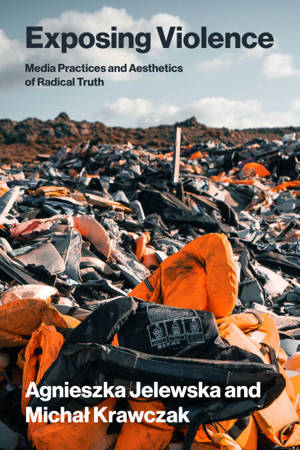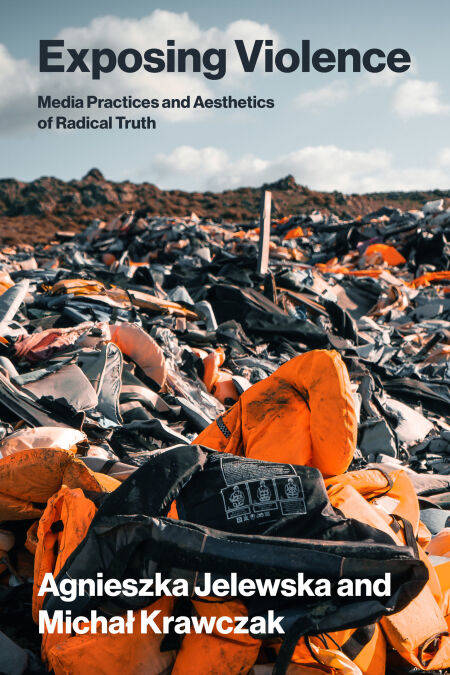
- Afhalen na 1 uur in een winkel met voorraad
- Gratis thuislevering in België vanaf € 30
- Ruim aanbod met 7 miljoen producten
- Afhalen na 1 uur in een winkel met voorraad
- Gratis thuislevering in België vanaf € 30
- Ruim aanbod met 7 miljoen producten
Zoeken
Exposing Violence E-BOOK
Media Practices and Aesthetics of Radical Truth
Agnieszka Jelewska, Michal Krawczak
€ 54,21
+ 54 punten
Uitvoering
Omschrijving
How small groups and grassroots collectives can act for justice and leverage contemporary media to document violence.
Exposing Violence gathers, for the first time, new tendencies in contemporary media practices that engage in exposing the violence inflicted upon human beings and the environment. It focuses on projects that emerged in the second and third decades of the twenty-first century as forms of socially engaged media activities initiated by independent groups of artists and researchers, interdisciplinary teams emerging at universities, and small laboratory groups.
Agnieszka Jelewska and Michał Krawczak propose an original analytical concept, the aesthetics of radical truth (AeRT), as a modus operandi to understand the specific nature of these projects situated at the intersection of art, science, activism, and engaged journalism. Their primary goal is the development of experimental, innovative, and collective forms of recording, revealing, tracing, identifying, and critically analyzing various manifestations of violence.
The book outlines the beginning of recent developments within “open justice,” including the creation of new digital archives and platforms that gather data on violence, interactive environments that facilitate new understanding through the emotional experience of evidence, and tools produced from the grassroots that allow for the tracking and disclosure of violence. The authors also highlight strategies for resisting violence in a media-dense environment.
Exposing Violence gathers, for the first time, new tendencies in contemporary media practices that engage in exposing the violence inflicted upon human beings and the environment. It focuses on projects that emerged in the second and third decades of the twenty-first century as forms of socially engaged media activities initiated by independent groups of artists and researchers, interdisciplinary teams emerging at universities, and small laboratory groups.
Agnieszka Jelewska and Michał Krawczak propose an original analytical concept, the aesthetics of radical truth (AeRT), as a modus operandi to understand the specific nature of these projects situated at the intersection of art, science, activism, and engaged journalism. Their primary goal is the development of experimental, innovative, and collective forms of recording, revealing, tracing, identifying, and critically analyzing various manifestations of violence.
The book outlines the beginning of recent developments within “open justice,” including the creation of new digital archives and platforms that gather data on violence, interactive environments that facilitate new understanding through the emotional experience of evidence, and tools produced from the grassroots that allow for the tracking and disclosure of violence. The authors also highlight strategies for resisting violence in a media-dense environment.
Specificaties
Betrokkenen
- Auteur(s):
- Uitgeverij:
Inhoud
- Aantal bladzijden:
- 280
- Taal:
- Engels
- Reeks:
Eigenschappen
- Productcode (EAN):
- 9780262053471
- Verschijningsdatum:
- 30/03/2026
- Uitvoering:
- E-book
- Beveiligd met:
- Adobe DRM
- Formaat:
- ePub

Alleen bij Standaard Boekhandel
+ 54 punten op je klantenkaart van Standaard Boekhandel
Beoordelingen
We publiceren alleen reviews die voldoen aan de voorwaarden voor reviews. Bekijk onze voorwaarden voor reviews.








